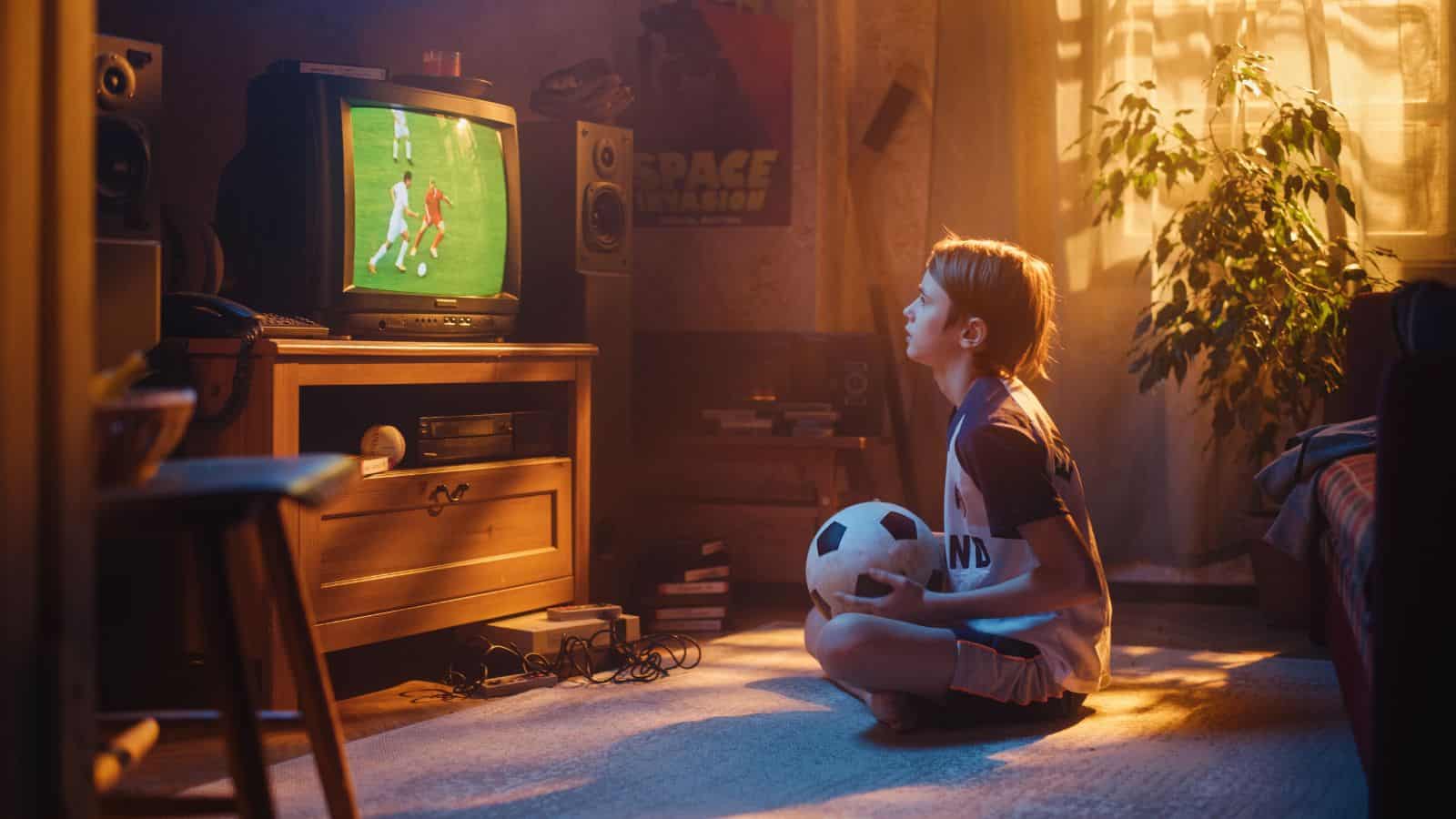You believed everything your teachers told you, right? You weren’t alone. Growing up, older generations were taught all sorts of lessons in school that were treated like undeniable truths. These ideas were drilled into students’ heads, shaping how they thought about the world. But as time has passed, many of these so-called facts have turned out to be completely wrong. Science, technology, and cultural shifts have flipped these old teachings on their head.
Columbus Discovered America

History books told students that Christopher Columbus discovered America in 1492. However, this narrative erases the Indigenous peoples who had lived on the continent for thousands of years before his arrival. Norse explorers like Leif Erikson also reached North America centuries before Columbus, who wasn’t even looking for new lands. He stumbled on America while searching for a shortcut to Asia!
You Need Cursive to Succeed

Teachers praised neat, cursive handwriting. They insisted it was essential for adult life. These days, though, cursive has nearly vanished from daily use. Most communication happens digitally, and even signatures are often done electronically. Cursive writing is far from the necessity it was made out to be. Younger generations are thriving without it.
Pluto Is a Planet

If you went to school before 2006, you were likely taught that our solar system had nine planets, including Pluto. That changed when astronomers reclassified Pluto as a “dwarf planet.” Our understanding of space was incomplete, and new discoveries forced scientists to redefine what qualifies as a planet. The solar system is more complex than earlier textbooks ever suggested.
Food Pyramids Are the Key to Health

The food pyramid was once presented as the ultimate guide to a healthy diet, emphasizing large servings of bread and grains at the base. Modern nutrition science has debunked this outdated model, showing that it overemphasized carbohydrates and ignored the importance of healthy fats. Today’s guidelines focus on balance and variety, with more attention to portion sizes and whole foods.
You Only Use 10% of Your Brain

This popular myth was often treated as fact in classrooms. It led students to believe their minds were mostly untapped potential. Neuroscience has since proven that humans use almost all parts of their brains, just not all at the same time. This lesson may have been intended to inspire students, but it was based on a misunderstanding of how the brain works.
Dinosaurs Were Slow and Dumb

Kids used to learn that dinosaurs were sluggish creatures with limited intelligence. This view came from early fossil studies, which underestimated their abilities. Modern research has revealed that many dinosaurs were fast, agile, and surprisingly smart. Raptors, for instance, were likely quick-thinking pack hunters. The old depiction of dinosaurs couldn’t be further from the truth.
The Metric System Was Coming Soon

For years, students in the U.S. were told they’d need to learn the metric system because the country would switch to it any day now. Decades later, the United States is still one of the few countries sticking with customary units like inches and pounds. The metric system is used in science and international trade, but most Americans don’t rely on it in their daily lives.
Cracking Your Knuckles Causes Arthritis

Teachers used to warn that cracking your knuckles would lead to arthritis later in life. But it wasn’t supported by scientific evidence. Studies have found no connection between knuckle cracking and arthritis. The sound is caused by gas bubbles popping in the joint fluid, not by any damage to the joints themselves. It’s a harmless habit, though it might annoy the people around you.
Sitting Too Close to the TV Ruins Your Eyes

Kids used to be told they’d go blind if they sat too close to the TV screen. However, there’s no evidence that being near a TV or screen causes permanent eye damage. Eye strain is possible, but it’s temporary and usually resolves with rest. The myth likely originated from older TV models that emitted more radiation, which isn’t a concern with today’s technology.
Humans Are the Center of the Ecosystem

Classroom lessons often placed humans at the top of the “food chain” or the center of the ecosystem. But this anthropocentric view ignored the interconnectedness of all living things. Ecosystems thrive on balance, with every species playing a role. When humans disrupt this balance, it can lead to widespread consequences, such as habitat loss and climate change. Humans are part of a much larger system, not rulers of it.
All Bats Are Blind

The phrase “Blind as a Bat” was taken literally in school, leading many to think bats rely solely on echolocation to navigate. The truth is, bats can see quite well, especially in low light. While echolocation is their superpower, their eyesight is far from useless. Many species can even see in color.
Lightning Never Strikes the Same Place Twice

This saying was taught as a metaphor for rare events, but it’s not true in the literal sense. Lightning often strikes the same place multiple times, especially tall structures like skyscrapers or trees. The Empire State Building, for example, gets hit dozens of times a year. It’s another example of an oversimplified lesson that didn’t hold up to scrutiny.
You Can’t Mix Oil and Water

Science classes often showed how oil and water don’t mix, but that’s not the full story. They don’t blend naturally, but emulsifiers like soap can combine them. This principle is crucial in industries like food production and cosmetics. The lesson was overly simplified for young minds, leaving out important details about chemistry. Knowing how oil and water interact is more nuanced than students were taught.
Spicy Food Causes Ulcers

Many people believed that eating too much spicy food would give you stomach ulcers. We now know that ulcers are usually caused by bacteria or certain medications, not by spicy dishes. This misconception likely persisted because spicy food can irritate an existing ulcer, causing discomfort. For all the hot sauce lovers out there, this lesson was just a spicy myth.
Milk Is the Perfect Food

Schools used to push the idea that milk was essential for strong bones and overall health. While it’s a good source of calcium, it’s not the “perfect” food it was made out to be. Many people are lactose intolerant, and plant-based alternatives can provide the same nutrients. The heavy promotion of milk was tied to dairy industry lobbying. A balanced diet includes a variety of foods, not just one “magic” ingredient.
Mount Everest Is the Tallest Mountain

Students were told Mount Everest is the tallest mountain, but that’s not entirely accurate. It’s the tallest above sea level, but if you measure from base to peak, Mauna Kea in Hawaii is taller. Everest gets all the fame, but it’s not the only contender for the title of tallest mountain. This lesson reflects how context can change what’s considered true, showing that perspective matters in science and geography.
You Have to Learn Math by Hand

For decades, students were told they wouldn’t always have a calculator with them. Fast forward to today, and most people carry a smartphone capable of advanced calculations. While understanding math concepts is important, the notion that calculators are cheating is outdated. Technology has changed the way we approach problem-solving, making this old-school lesson feel out of place in the modern world.
